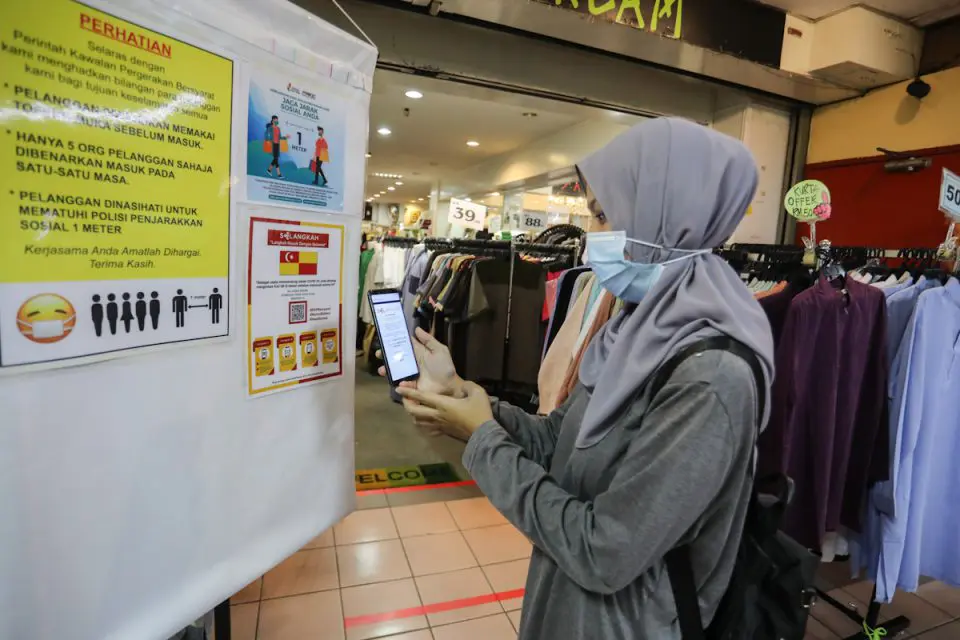By Nasuha Badrul Huzaini
SHAH ALAM, Aug 24 — The hesitancy by the Federal government to merge the data on MySejahtera with Selangor’s SELangkah system had led to ineffective contact tracing measures, which caused the spike in Covid-19 cases in the state beginning end of last year, says Dr Siti Mariah Mahmud.
The state executive councillor for public health said after the Sabah by-election in September last year, more Covid-19 clusters have emerged within the community in Selangor as it was impossible to conduct prompt contact tracing of the main index cases due to the lack of data.
“Once we have failed in contact tracing, we are also unable to do the FTTIS (find, test, trace, isolate, support) method, and the number of cases had increased beyond our control,” she said when answering a supplementary question from Sijangkang state assemblyman Datuk Dr Ahmad Yunus Hairi at the Selangor State Legislative Assembly, today.
Dr Siti Mariah said the state government had also proposed several suggestions to the Federal government in tackling issues related to the Covid-19.
“Of all the suggestions we have come up with, the idea to link SELangkah and MySejahtera was not agreed upon until now.
“The Health Ministry did not agree to share the data due to the Personal Data Protection Act 2010. We are willing to work on that matter and have tried our best to get our rights. However, it is not welcomed by the Federal government,” she said.
The Selangor government had formulated the SELangkah system in May 2020, after the Federal government announced the transition from the movement control order (MCO) to the conditional MCO (CMCO).
The mandatory use of MySejahtera last August, which was gazetted under the Prevention and Control of Infectious Diseases Act 1988, had stunted the state government’s contact tracing efforts as many premises had switched from displaying the SELangkah QR code to MySejahtera.
However, the Selangor administration had continued to enhance SELangkah to include various features, such as its mass screening exercise and the Selangor Vaccination Programme.





